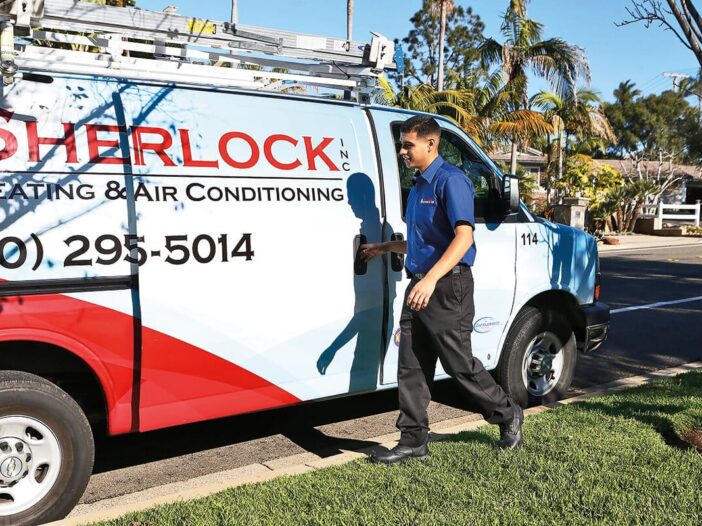
A standard feature of modern residential bathrooms is a ventilation fan, usually operated by a control switch or button next to the light switch or button. Some basic guidelines should be followed with bathroom ventilation, to make sure it accomplishes the essential task of removing moist, smelly, contaminated air from the bathroom without causing other problems.
Bathroom Ventilation Guidelines
Bathroom exhaust fans should route the moist, contaminated air outside the house, away from any intake pipe that will suck it back inside. Unfortunately, many builders just route the bad air into the space between the bathroom ceiling and the floor above, or directly into the attic. This just shifts the potential problems — mold and mildew growth — from one place to another. It actually can make the problem worse, because the mold and mildew will grow unnoticed in these dark spaces. In addition to the health threat, this can lead to serious damage to walls, floors and ceilings.
Consider a heat-exchange ventilation system that conserves heat energy that a simple bathroom exhaust system otherwise would expel from the home during cold weather (which wastes energy and forces your heating system to work harder).
Get the proper airflow capacity for the size of your bathroom. In general, a bathroom exhaust fan should be able to move 1 cubic foot per minute (cfm) for every square foot of floor space. If the bathroom is larger than 100 square feet, the Home Ventilating Institute recommends adding 50 cfm for every toilet, 50 cfm for each shower or bath, and 100 cfm for each whirlpool spa.
To make sure the bathroom ventilation uses as little electricity as possible, look for products with the Energy Star logo. With an Energy Star-certified bathroom fan, you’ll use around 60 percent less energy.

